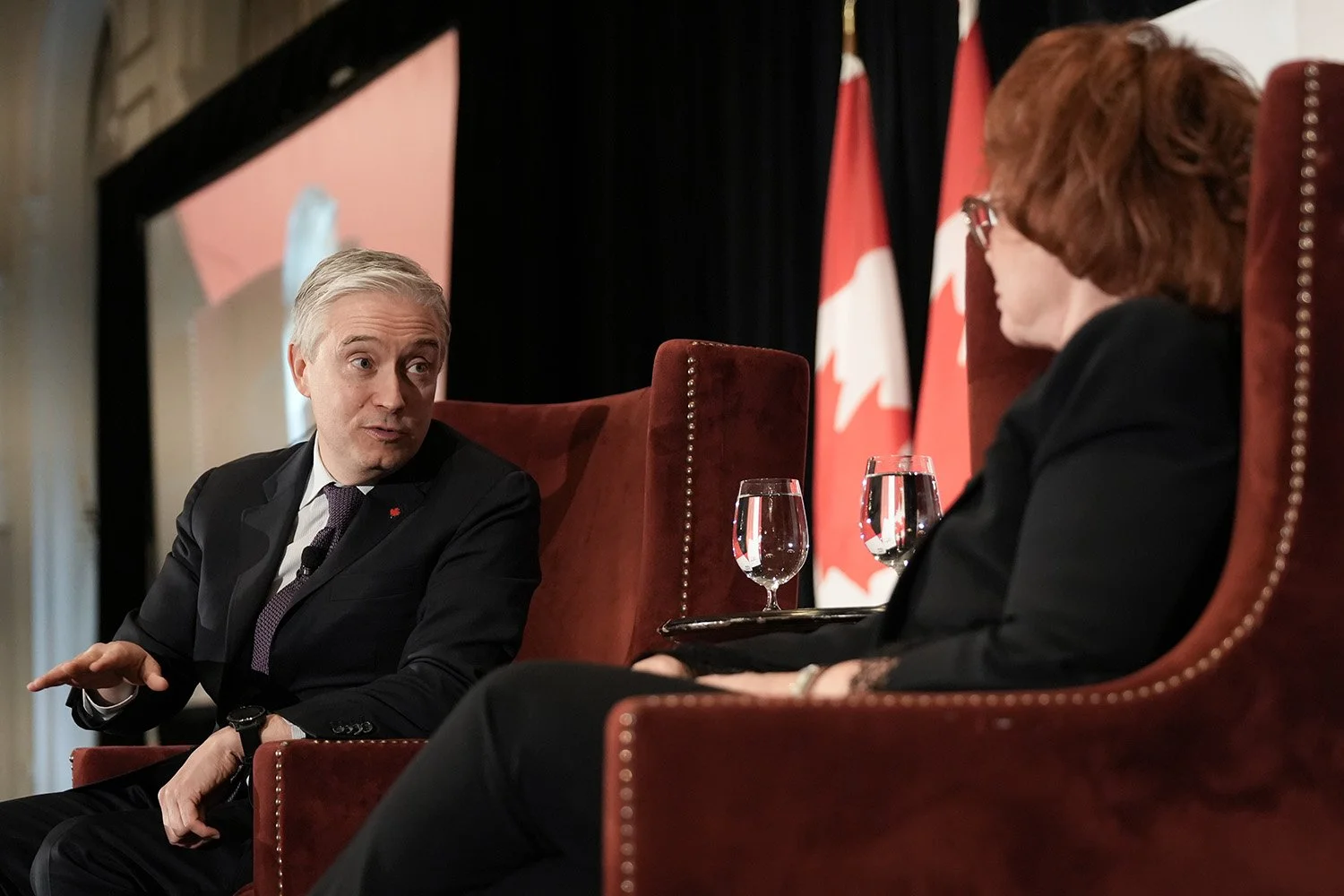The PM is Minister of Everything
TWITTER PHOTO
Because it’s 2025.
Because it’s about U.S. relations, economic restructuring, fiscal discipline, digital transformation — and political survival.
Mark Carney’s cabinet is smaller and more focused than Justin Trudeau’s 2015 ministry — and lacks his virtue signalling, and for that matter contortions to represent different aspects of the country. There is only one senior cabinet role focused on social issues, and nothing specific for people with disabilities, or the vaunted middle class. Even Indigenous portfolios seem staffed and geared to results.
That fits with Carney’s management-by-objectives approach to leadership. Here are some other differences with 2015:
1. The PM is Minister of Everything. Trudeau appointed himself as Youth Minister, and then often let his PMO direct cabinet. Carney is calling the shots, and is going to focus on the economy, and oversee all major files. That includes trade (especially with the U.S.), industrial policy and resource development. He clearly has confidence in Dominic LeBlanc to run point on the Trump file.
2. Resources are back; resourcefulness, a bit less so. Carney’s former Goldman Sachs colleague Timothy Hodgson will be the one to watch in cabinet. His role in Natural Resources could return the department to its deal-making days, as he is tasked with mobilizing and attracting capital to big projects (critical minerals, LNG, a pipeline or two). As for the so-called knowledge economy, it’s got less shine than in Trudeau’s time, when he reimagined an Innovation Department.
3. AI goes prime time. The biggest surprise in cabinet was the creation of an AI Minister, now in the hands of longtime Carney confidante and former journalist Evan Solomon. It’s unclear what the mandate is. Will Canada try to use our energy supplies to attract more AI data centres? Will we campaign for the world’s best and brightest AI scientists to move here? Will we use AI to make government more efficient and effective? And if it’s all that and more, what kind of resources will Solomon have to make it happen?
4. More urban than ever. The Liberals remain the MTV party of Montreal, Toronto and Vancouver, as you can see from a cabinet that has less rural representation than even some of Trudeau’s. Alberta and Saskatchewan each have only one minister, while the voices from other rural areas remain scant. Agriculture is now in the hands of a new minister from PEI, Heath MacDonald. But who will be the voice of all those rural Canadians (including in Ontario, Quebec and B.C.) who voted against the Liberals?
5. Cabinet discipline is back. Will government discipline follow? Carney is running cabinet like a true executive team. As one minister confided, meetings actually start on time and there’s assigned seats. You could see that discipline as the new ministers walked into Rideau Hall in gaggles of five. And you could see it in the shortage of media leaks. Ottawa hasn’t seen as tight as ship in years.
Editor’s note: This piece was originally published on LinkedIn and is used here with the kind permission of the author.






